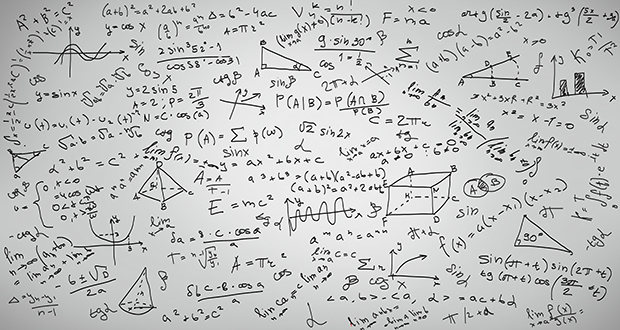
My intention in this blog is to keep the technical level easy enough for everyone to understand. But just in case you struggle to understand something, don’t worry, you’re not alone…
Arguably, one of the most successful applications of statistics to sport in recent years has been the invention of the Duckworth-Lewis method for cricket. As you probably know, for one-day cricket matches each team gets to bowl a fixed number of balls, from which the other team has to make as many runs as possible before they run out of players or balls. The team scoring the most runs wins.
But a difficulty arises when rain interrupts play, and forces one (or both) of the teams to receive a reduced number of balls. Suppose, for example, the first team scored 130 runs from 120 balls. The second team then has to score 130 runs from their allocated 120 balls to draw, or 131 to win. But suppose it rains before the second team starts, and there will only be time for them to receive 60 balls. What is a reasonable target for them to have to reach to win? A first guess might be 65 runs, but that doesn’t take account of the fact that they have 11 batsmen, and can therefore take higher risks when batting than the first team had to. This type of scenario, and other more complicated ones where, for example, both teams have reduced numbers of balls was examined by a pair of statisticians, Frank Duckworth and Tony Lewis, who developed the so-called Duckworth Lewis method for determining targets in rain-reduced matches. This method, or a variant of it, is now standard in all national and international one-day cricket competitions.
The heart of the method is the use of statistical techniques to quantify the amount of resources a team has available at any stage in their innings. There are two contributions to the resources: the number of balls to be bowled and the number of batsmen who have not already been dismissed. The trick is to combine these contributions in a way that gives a fair measure of overall resources. Once this is done a fair target for the team batting second can be derived, even if the number of balls they will face is reduced due to rain.
That’s as far as I’m going to discuss the method here (though I may return to it in a future post). The point I want to make now is that although statistical ideas are often simple and intuitive in conception, they often seem bafflingly complex in their final form.
Professor Brian Cox is one of the country’s most eminent astrophysicists. He’s also a fantastic communicator, and has been involved in many tv productions helping explain difficult scientific ideas to a wide public audience. Here he is explaining quantum mechanics in 60 seconds…
And here he is trying (and apparently failing) to make sense of the Duckworth-Lewis method:
So, if ever you struggle to understand something in statistics, you’re in good company. But strip away all of the mathematical gobbledygook and the basic idea is likely to be actually very simple. (It’s not quantum physics).
